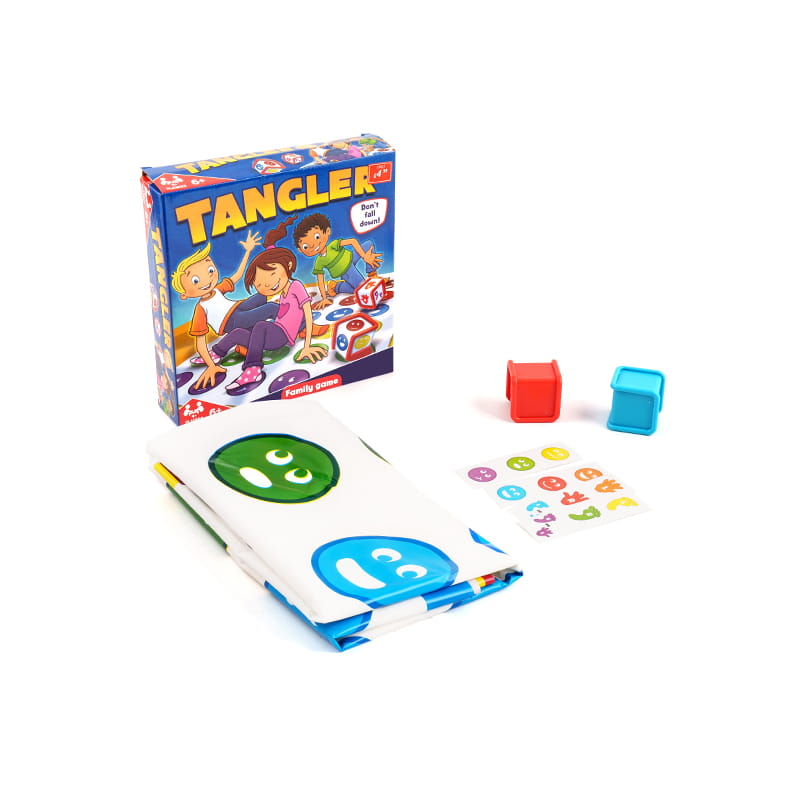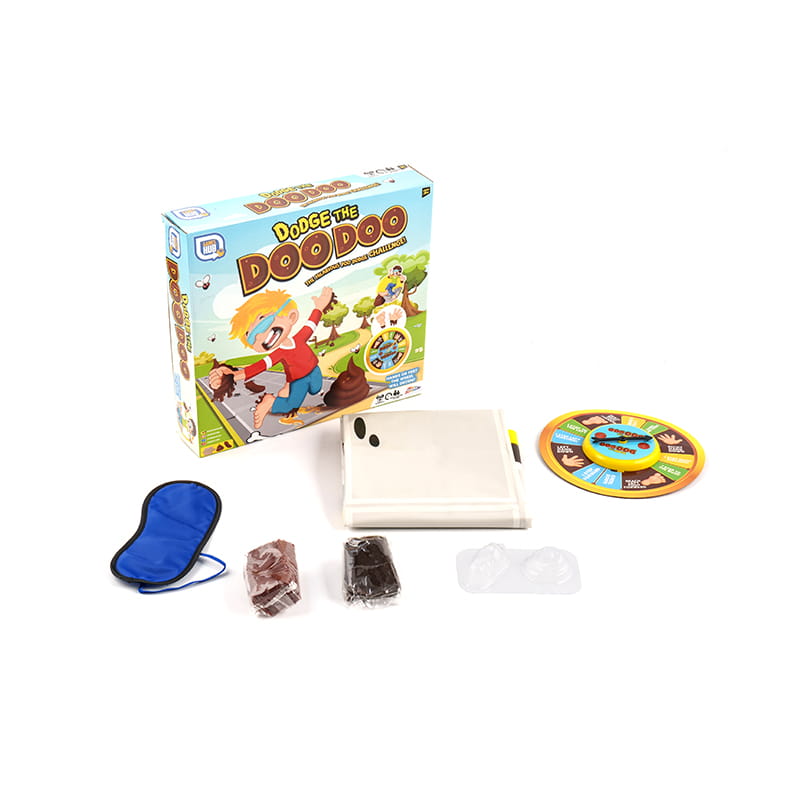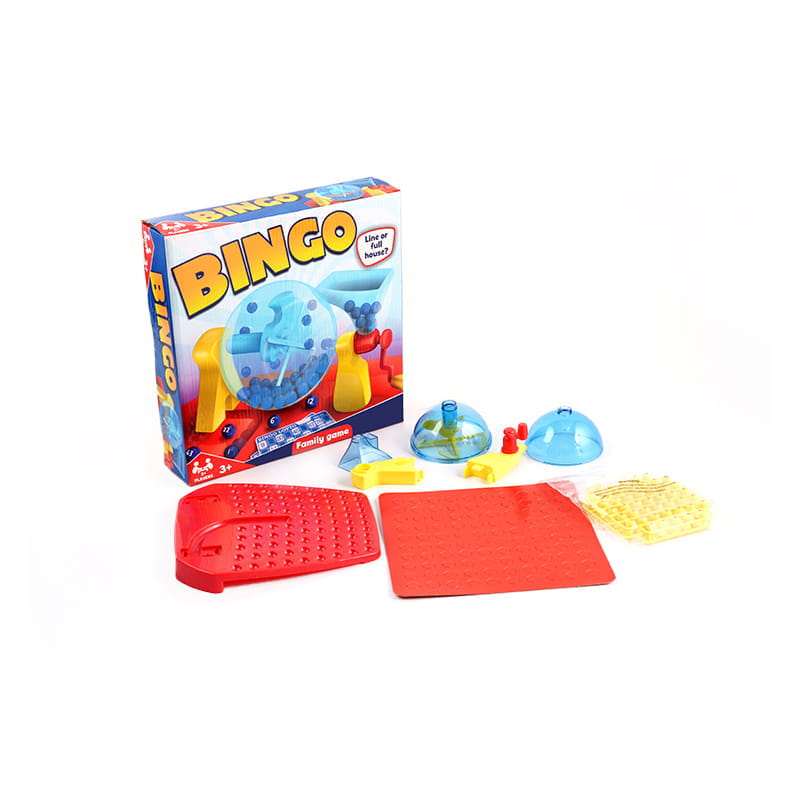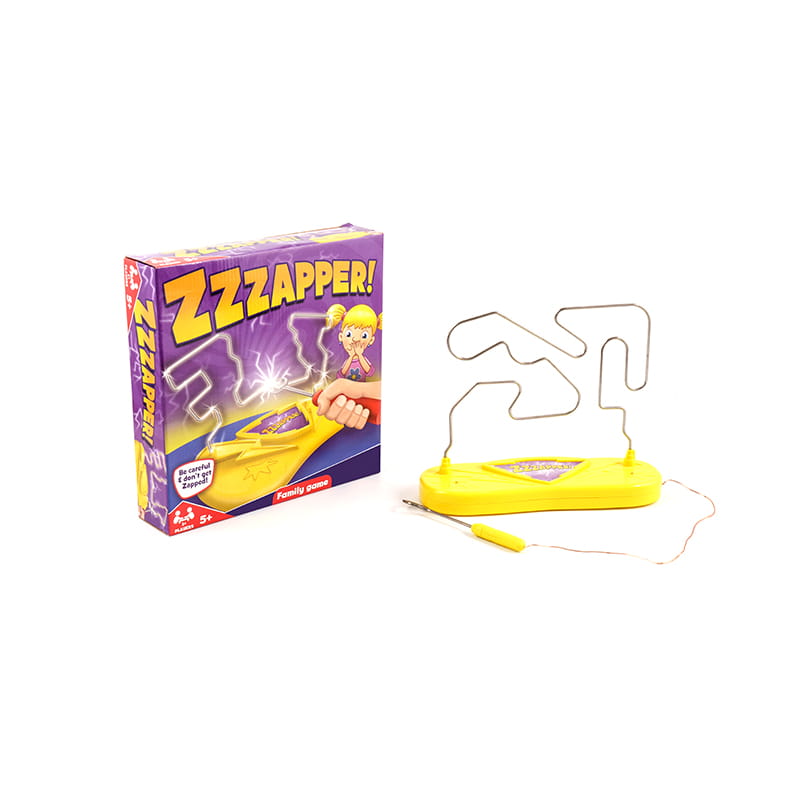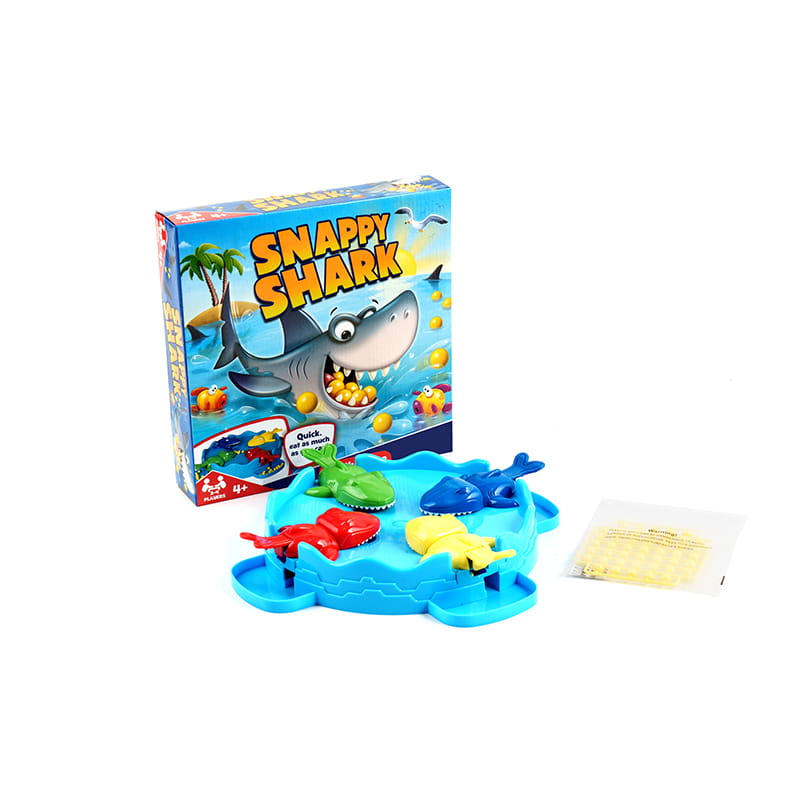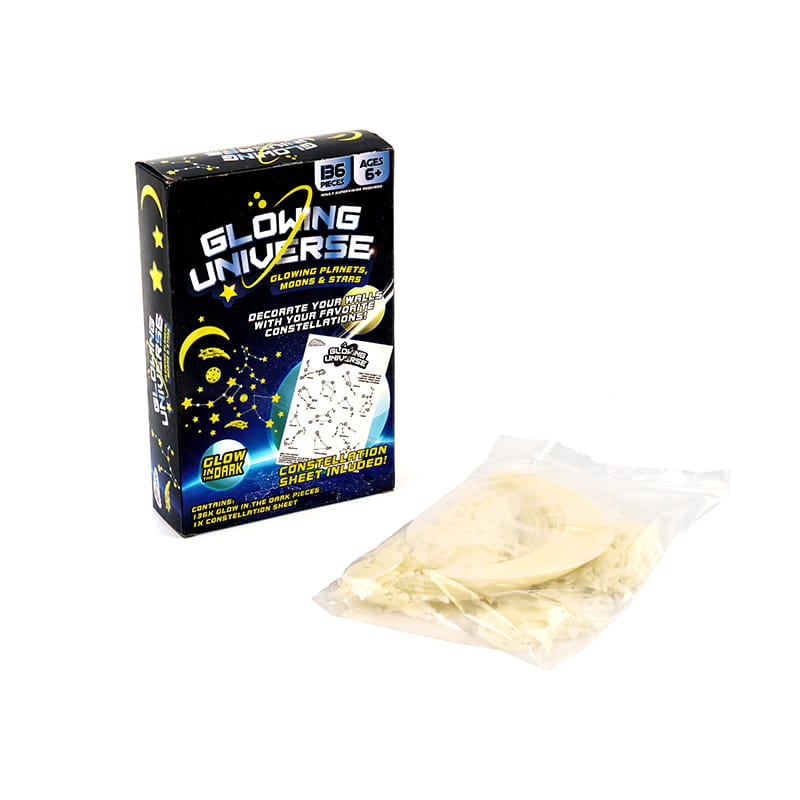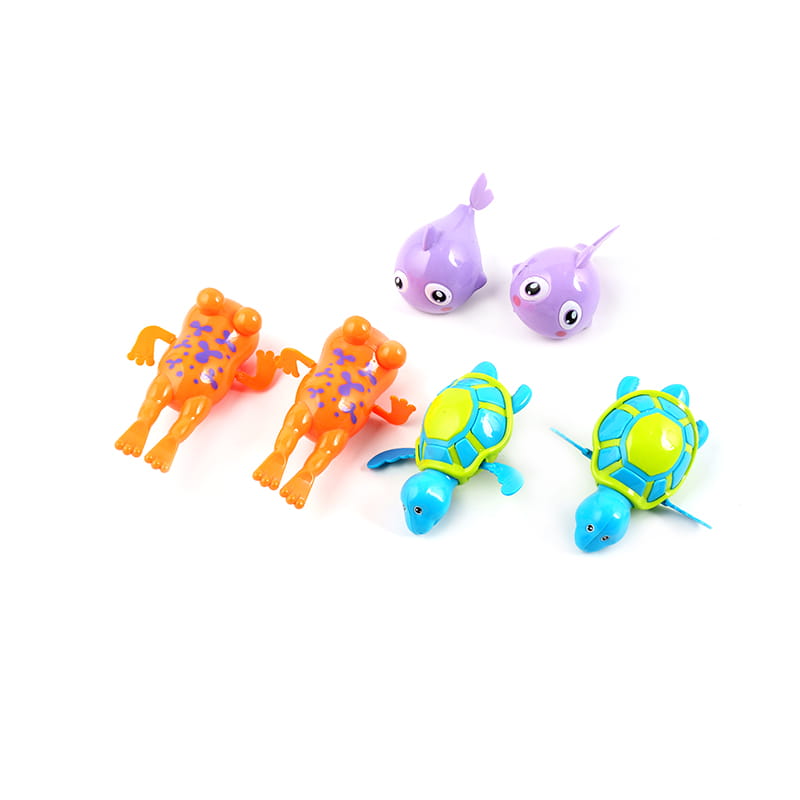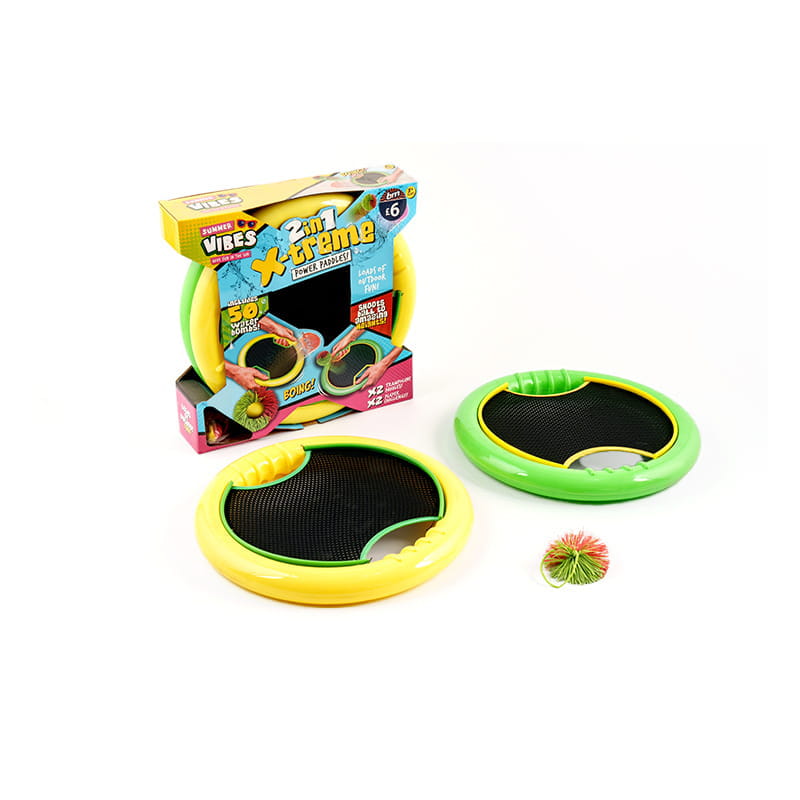- Type:
- Industry News
- Date
- 2025-Sep-26
What are the common ways for the recycling and reuse of plastic toys?
1. Mechanical recycling (melt extrusion)
The collected waste plastics are washed, crushed and then directly melt - extruded to make recycled pellets, which can be used to produce new toys or packaging materials. This method is listed as the most common mechanical reuse path in the "Guidelines for the Recycling and Reuse of Plastic Waste".
2. Chemical reuse (pyrolysis, monomer recovery)
Polymers are decomposed into monomers or light - oil products through high - temperature pyrolysis or dissolution methods, and then used to synthesize new plastics or other chemical raw materials. This technology can handle mixed plastics that are difficult to mechanically recycle, improving resource utilization.
3. Energy recovery (combustion for heat generation)
For non - recyclable waste plastics, controlled combustion is used to generate heat energy for industrial heating or power generation, which not only solves the waste problem but also provides energy.
4. Remanufacturing and secondary products
The recycled plastic fragments are directly used to manufacture non - toy products such as gardening containers, lightweight concrete, and mats, realizing "waste plastics - new value".
How to choose plastic toys that are harmless to children's health?
1. Pay attention to material safety
Give priority to materials such as PP, PE, ABS, EPP, and TPE that have been proven to be low - toxic and high - temperature resistant; avoid PVC containing plasticizers or PC that may release bisphenol A.
2. Check certification marks
Toys must have a 3C (CCC) certification, the EU CE mark, or a test report meeting the GB 6675 - 2014 standard to ensure that the toys meet the safety limits in terms of heavy metals, plasticizers, etc.
3. Pay attention to surface coatings
Choose toys without paint or those using lead - free and environmentally friendly paint; the potential lead in paint can harm children's brain development, especially for children under 2 years old who have biting behaviors.
4. Observe details and odors
Regular toys have moderate surface gloss and no pungent odor; check for sharp edges or small parts that are easy to fall off to prevent accidental swallowing or scratching.


 English
English
 English
English 中文简体
中文简体